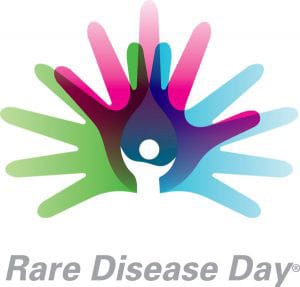A recent report from NDTV World brings attention to a rare but significant public health event: an American man has tested positive for plague, the infectious disease historically known for causing devastating pandemics. The diagnosis, made in the state of Colorado, serves as a reminder that while plague is now rare, it still poses risks in certain regions and requires ongoing vigilance.
Plague is caused by the bacterium Yersinia pestis and is primarily transmitted to humans through the bite of infected fleas that live on rodents such as rats, squirrels, and prairie dogs. Human cases in the United States are uncommon, with only a handful reported each year, mainly in rural areas of the western states.
The disease can present in three forms: bubonic, septicemic, and pneumonic plague. Bubonic plague, the most common, is characterized by swollen and painful lymph nodes, fever, chills, and fatigue. If left untreated, it can progress to septicemic plague (infection in the blood) or pneumonic plague (infection in the lungs), both of which are more severe and can be fatal if not promptly managed.
According to the NDTV report, local health officials in Colorado responded quickly to the new case, providing treatment to the patient and launching an investigation to identify any potential sources or further exposures. Plague is treatable with antibiotics, but early diagnosis and intervention are critical for a favorable outcome. The patient’s current condition has not been disclosed, but authorities emphasized that the risk to the general population remains low.
Health officials also issued reminders to the public about prevention strategies, particularly for those living in or visiting areas where plague is known to occur. These include avoiding contact with wild rodents, not handling sick or dead animals, keeping pets from roaming or hunting rodents, and using insect repellents to protect against flea bites.
The NDTV article notes that while the word “plague” evokes images of medieval pandemics, modern outbreaks are rare thanks to improved hygiene, pest control, and medical advancements. Nevertheless, sporadic cases still arise in the United States, as well as in parts of Africa, Asia, and South America. Global health agencies continue to monitor for outbreaks and provide guidelines for managing potential exposures.








